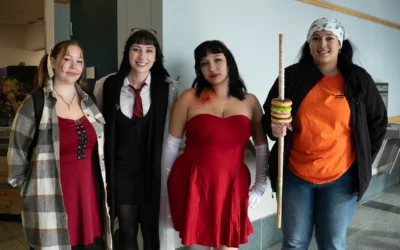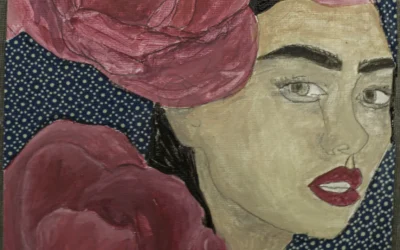For a city that’s constantly on the verge of defining itself, things aren’t getting any clearer.
Spurred by the violence in Charlottesville, an anti-racism rally at the Alberta Legislature in August saw protesters calling on the City of Edmonton to rename the Oliver neighbourhood for the trespasses of its namesake.
Francis (Frank) Oliver is the man who published Edmonton’s first newspaper, The Edmonton Bulletin. He represented Edmonton in the legislative assembly, and then Alberta in the House of Commons. He even used his clout as a federal cabinet minister to make Edmonton the provincial capital.
But he used his paper to campaign for the relocation of the Papaschase Cree reserve in what is now south Edmonton. He amended legislation (known as the Oliver Act) to allow municipalities to expropriate reserve land, and oversaw the development of a racist immigration law that aimed to ban African Americans from settling in Canada.
It’s a tough legacy to defend, but not everybody wants to see the name go. For better and for worse, Oliver played an important part in Edmonton’s history. To strike his name from the map, they say, is the same as erasing history.
It would be a mistake to confuse commemorating the man with remembering him. A name on a park and a pool and a school isn’t the same as a place in the history books.
In January, Calgary’s city council voted in favour of renaming Langevin Bridge for a similar reason. Hector-Louis Langevin is one of the Fathers of Confederation, but he was also a vocal proponent of residential schools and separating indigenous children from their families.
Today, Reconciliation Bridge stands as a symbol of this country’s commitment to a renewed relationship with Canada’s First Peoples.
A few months later, the federal government followed suit by renaming Langevin Block, the home of the Prime Minister’s Office in Ottawa, to the Office of the Prime Minister and Privy Council. It’s cumbersome, and a little on the nose, but acknowledges the pain triggered by the old name and signals another, albeit small, step towards reconciliation.
So what makes Oliver any different?
Nobody lived in Langevin Block. Nobody grew up, built a home, or raised a family on a bridge.
Since the 1950s, Oliver’s name has belonged to a neighbourhood. It anchors memories, evokes emotions, and signifies home for not a few people. For some of them, the name holds a very real place in their hearts and personal histories. If anything is going to change, the city has made it clear that the community will be consulted first.
But the emotional appeal cuts both ways. Consider the descendants of the Papaschase Cree, whose ancestors were targeted in column after column of the Bulletin.
Scratching out the neighbourhood’s name won’t erase the past; if anything, it might erase the conversation. After all, histories are the stories we tell ourselves to make sense of what has happened.
These stories are always told from a point of view — often the most powerful one. Celebrating Oliver privileges one side of our city’s story at the expense of another that needs to be heard. But we don’t have to obscure his legacy to make room for other voices. They aren’t mutually exclusive. The question we need to ask is how to round out the story.
There’s room in the record, and our collective consciousness, for a more complete history, for both the convenient and inconvenient truths. Maybe the solution lies in bringing both sides of that story into dialogue.
To some extent, this process has already begun. In February, the city renamed the stretch of 23rd Avenue between Anthony Henday Drive and the Enoch Cree First Nation to Maskekosihk Trail, after the Cree word meaning “people of the land of medicine.” It’s another step on the road to reconciliation and a deeper understanding of the city’s roots.
Edmonton is growing, and with that growth comes opportunities to commemorate and learn more about the groups of people whose places in our history are just as, if not more, important than any one person.
Illustration by Kia Valdez Bettcher.




0 Comments